-
 Bitcoin
Bitcoin $109,459.7682
2.44% -
 Ethereum
Ethereum $2,598.6052
6.29% -
 Tether USDt
Tether USDt $1.0003
0.00% -
 XRP
XRP $2.2734
3.95% -
 BNB
BNB $661.4886
1.58% -
 Solana
Solana $155.4825
4.35% -
 USDC
USDC $0.9999
-0.02% -
 TRON
TRON $0.2838
1.04% -
 Dogecoin
Dogecoin $0.1740
8.25% -
 Cardano
Cardano $0.6047
9.04% -
 Hyperliquid
Hyperliquid $40.2302
6.50% -
 Sui
Sui $2.9863
10.05% -
 Bitcoin Cash
Bitcoin Cash $509.5786
0.60% -
 Chainlink
Chainlink $13.8156
6.03% -
 UNUS SED LEO
UNUS SED LEO $9.0142
0.69% -
 Avalanche
Avalanche $19.0337
8.68% -
 Stellar
Stellar $0.2438
5.17% -
 Toncoin
Toncoin $2.9012
3.59% -
 Shiba Inu
Shiba Inu $0.0...01210
6.20% -
 Litecoin
Litecoin $90.0882
7.05% -
 Hedera
Hedera $0.1597
8.53% -
 Monero
Monero $326.3340
2.88% -
 Polkadot
Polkadot $3.6365
9.32% -
 Bitget Token
Bitget Token $4.6162
2.72% -
 Dai
Dai $1.0001
0.00% -
 Ethena USDe
Ethena USDe $1.0002
-0.01% -
 Uniswap
Uniswap $7.6403
10.47% -
 Pepe
Pepe $0.0...01060
12.03% -
 Aave
Aave $281.3664
7.56% -
 Pi
Pi $0.4992
1.76%
What is the difference between ERC-721 and ERC-1155?
Ethereum's ERC-721 and ERC-1155 standards enable NFT creation, with ERC-721 offering unique tokens and ERC-1155 supporting batch transfers for improved efficiency.
Jul 03, 2025 at 03:50 pm
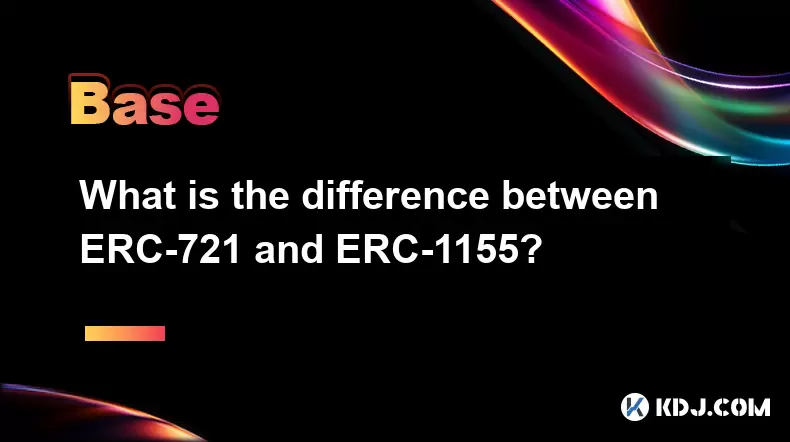
Understanding Token Standards in Ethereum
In the world of blockchain and digital assets, token standards play a critical role in determining how tokens interact with smart contracts and decentralized applications (dApps). Two of the most widely adopted token standards on the Ethereum network are ERC-721 and ERC-1155. These standards define the rules for creating and managing tokens, especially non-fungible tokens (NFTs) and semi-fungible tokens.
The primary difference between these two lies in their flexibility and efficiency when handling multiple types of tokens within the same contract.
ERC-721: The First Widely Adopted NFT Standard
ERC-721 was the first major standard to enable the creation of non-fungible tokens, which represent unique digital assets. Each ERC-721 token is distinct and not interchangeable with another token because of its unique properties.
- Each token has a unique identifier
- Tokens cannot be divided into smaller units
- Transfers require separate transactions for each token
This standard became popular due to platforms like CryptoKitties, where each virtual cat was represented as a unique token on the Ethereum blockchain. However, one limitation of ERC-721 is that transferring multiple tokens requires multiple transactions, increasing gas costs and reducing scalability.
ERC-1155: A Multi-Token Standard for Enhanced Efficiency
ERC-1155 introduces a more advanced framework by allowing both fungible and non-fungible tokens to coexist within a single smart contract. This standard provides greater flexibility and efficiency, especially for developers building complex dApps or games.
Key features include:
- Ability to represent multiple token types in one contract
- Support for batch transfers, reducing gas fees
- Option to create semi-fungible tokens, such as limited edition items
For example, a game developer can issue various types of in-game items — weapons, armor, potions — all under one ERC-1155 contract. Players can then trade multiple items in a single transaction, significantly improving user experience and reducing blockchain congestion.
Technical Differences Between ERC-721 and ERC-1155
From a technical perspective, the ERC-721 standard defines a set of functions and events that must be implemented by each individual token. It assigns a unique ID to every token and ensures ownership tracking through mappings in the contract.
On the other hand, ERC-1155 uses a different approach:
- Instead of per-token IDs, it uses a mapping of token IDs to accounts and balances
- It supports batch operations via
safeBatchTransferFrom - It allows metadata URI per token ID, similar to ERC-721
This structure makes ERC-1155 more efficient for handling large numbers of tokens, especially when dealing with collections or dynamic token types.
Use Cases and Practical Applications
When choosing between ERC-721 and ERC-1155, developers often consider the specific use case they're targeting.
For instance:
- Digital art platforms typically prefer ERC-721 for its simplicity and widespread adoption
- Gaming ecosystems benefit from ERC-1155 due to its support for batch transfers and diverse item types
- Marketplaces may integrate both standards depending on the nature of the assets being traded
Additionally, ERC-1155 enables scenarios where users can own multiple copies of the same token, making it ideal for limited editions or utility-based tokens.
How to Implement ERC-721 and ERC-1155 Contracts
To implement either token standard, developers must write and deploy a smart contract on the Ethereum blockchain using tools like Solidity, Truffle, or Hardhat.
Here’s a basic guide to deploying an ERC-721 contract:
- Define the contract using the OpenZeppelin ERC721 base class
- Set up metadata URIs using IPFS or centralized servers
- Mint tokens and assign them to addresses
- Deploy the contract to a testnet or mainnet
For ERC-1155, the process includes:
- Use the OpenZeppelin ERC1155 base contract
- Define token types during deployment or dynamically
- Utilize
mintormintBatchfunctions to create tokens - Enable approvals for third-party transfers
Each step must be carefully tested using unit tests and local blockchain environments before going live.
Frequently Asked Questions
Q: Can I convert an ERC-721 token into an ERC-1155 token?
Yes, but it requires wrapping the original token inside an ERC-1155 contract. This process involves creating a new token type in the ERC-1155 contract that represents the ERC-721 token and implementing a bridge mechanism to transfer ownership accordingly.
Q: Which standard is better for gaming applications?
ERC-1155 is generally preferred for gaming due to its ability to handle multiple token types efficiently and perform batch transfers, which reduces gas costs and improves performance.
Q: Are there wallets that support both ERC-721 and ERC-1155 tokens?
Most modern Ethereum-compatible wallets like MetaMask, Trust Wallet, and Rainbow support both standards. However, display and management features might vary depending on wallet implementation.
Q: Is ERC-1155 backward compatible with ERC-721?
No, ERC-1155 is not directly backward compatible with ERC-721. While both deal with non-fungible assets, their internal structures differ. Interoperability requires additional logic or bridging mechanisms.
Disclaimer:info@kdj.com
The information provided is not trading advice. kdj.com does not assume any responsibility for any investments made based on the information provided in this article. Cryptocurrencies are highly volatile and it is highly recommended that you invest with caution after thorough research!
If you believe that the content used on this website infringes your copyright, please contact us immediately (info@kdj.com) and we will delete it promptly.
- PEPE Price Surges Amid Golden Cross: Memecoin Market Heats Up!
- 2025-07-03 23:10:15
- Cooking.City Launches on Solana: A Recipe for On-Chain Success?
- 2025-07-03 23:10:15
- Bitcoin's Wild Ride: ETF Performance, Unemployment Data, and a $90K Dip?
- 2025-07-03 22:35:14
- Blue Gold, Blockchain, and Gold Tokens: A New Era for Digital Assets?
- 2025-07-03 22:35:14
- Davidovich Fokina's Wedding Album: A Tennis Star's Fairytale
- 2025-07-03 23:15:12
- Crypto Gems with 10x Potential: Is Mutuum Finance the Next DeFi Sensation?
- 2025-07-03 23:20:13
Related knowledge

What is open interest in derivatives?
Jul 03,2025 at 02:49pm
Understanding Open Interest in DerivativesOpen interest is a critical metric used in the cryptocurrency derivatives market, particularly when analyzing futures and options contracts. It represents the total number of outstanding contracts that have not been settled or closed by either party involved. Unlike trading volume, which counts all trades made i...
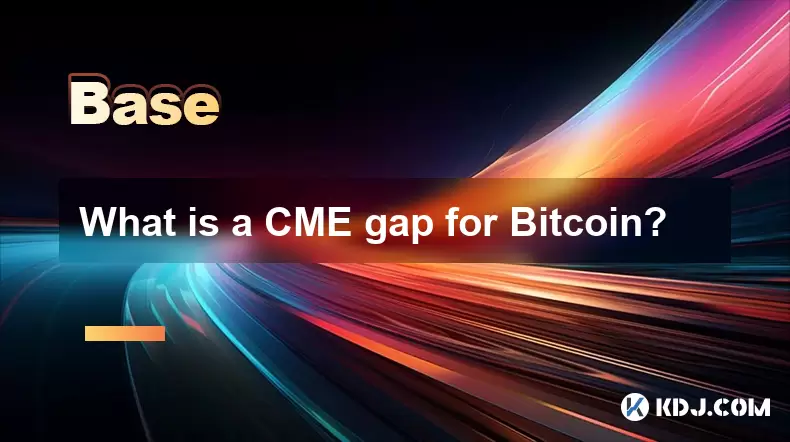
What is a CME gap for Bitcoin?
Jul 03,2025 at 05:49pm
Understanding the Concept of a CME GapA CME gap refers to a discrepancy in price between the closing price of Bitcoin on the Chicago Mercantile Exchange (CME) and its opening price when trading resumes. This phenomenon occurs because the CME operates during specific hours, typically aligned with traditional market hours, while cryptocurrency markets ope...
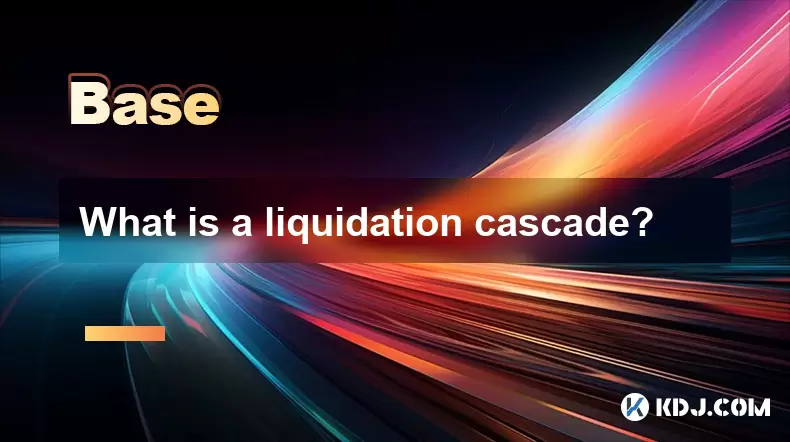
What is a liquidation cascade?
Jul 03,2025 at 07:15am
Understanding the Concept of LiquidationIn the realm of cryptocurrency trading, liquidation refers to the process by which a trader's position is automatically closed due to insufficient funds to maintain the leveraged trade. This typically occurs when the market moves against the trader's position and their account equity falls below the required maint...
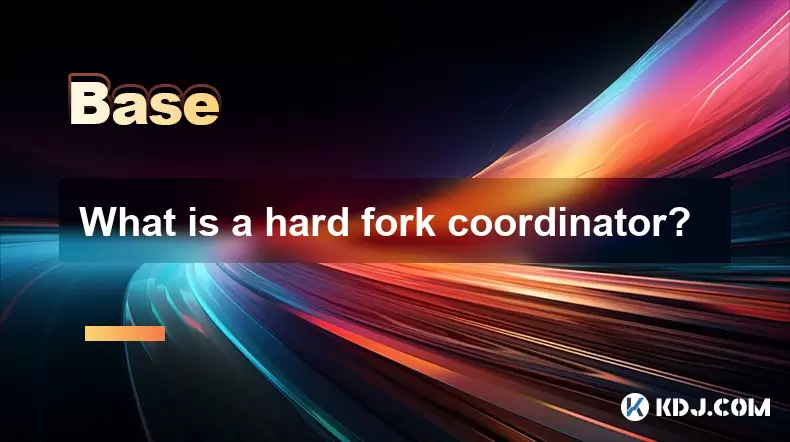
What is a hard fork coordinator?
Jul 03,2025 at 12:42pm
Understanding the Role of a Hard Fork CoordinatorIn the world of blockchain and cryptocurrencies, a hard fork coordinator plays a critical role during major network upgrades. A hard fork is a significant change to a blockchain’s protocol that makes previously invalid blocks or transactions valid (or vice versa). This type of upgrade requires all nodes o...
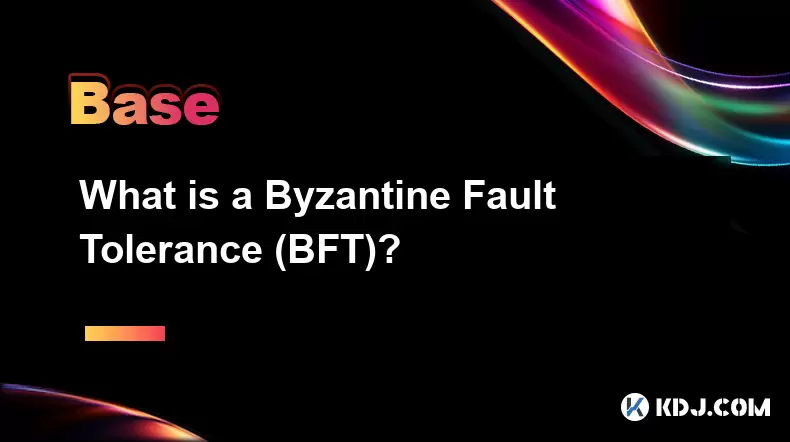
What is a Byzantine Fault Tolerance (BFT)?
Jul 03,2025 at 11:49am
Understanding the Concept of Byzantine Fault ToleranceByzantine Fault Tolerance (BFT) is a critical concept in distributed systems, particularly within the realm of blockchain technology and cryptocurrencies. It refers to the ability of a system to continue functioning correctly even when some components fail or behave maliciously. The term originates f...
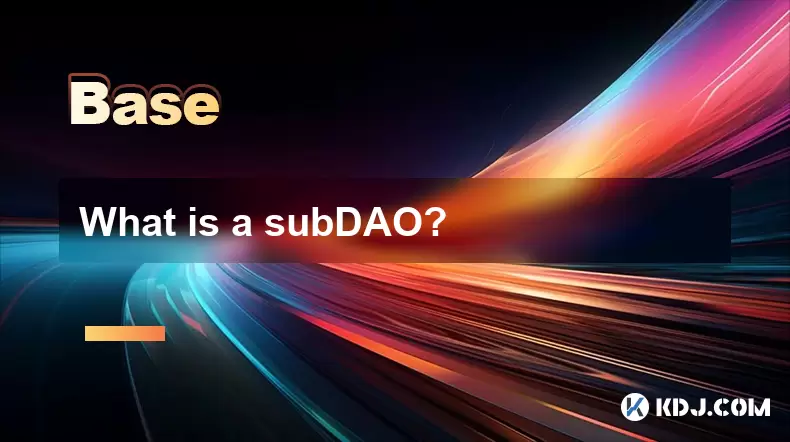
What is a subDAO?
Jul 03,2025 at 09:36am
Understanding the Concept of SubDAOA SubDAO, short for Sub-Decentralized Autonomous Organization, is a specialized entity that operates under the umbrella of a larger DAO (Decentralized Autonomous Organization). It functions with its own set of rules, governance mechanisms, and tokenomics while remaining aligned with the overarching goals of the parent ...

What is open interest in derivatives?
Jul 03,2025 at 02:49pm
Understanding Open Interest in DerivativesOpen interest is a critical metric used in the cryptocurrency derivatives market, particularly when analyzing futures and options contracts. It represents the total number of outstanding contracts that have not been settled or closed by either party involved. Unlike trading volume, which counts all trades made i...

What is a CME gap for Bitcoin?
Jul 03,2025 at 05:49pm
Understanding the Concept of a CME GapA CME gap refers to a discrepancy in price between the closing price of Bitcoin on the Chicago Mercantile Exchange (CME) and its opening price when trading resumes. This phenomenon occurs because the CME operates during specific hours, typically aligned with traditional market hours, while cryptocurrency markets ope...

What is a liquidation cascade?
Jul 03,2025 at 07:15am
Understanding the Concept of LiquidationIn the realm of cryptocurrency trading, liquidation refers to the process by which a trader's position is automatically closed due to insufficient funds to maintain the leveraged trade. This typically occurs when the market moves against the trader's position and their account equity falls below the required maint...

What is a hard fork coordinator?
Jul 03,2025 at 12:42pm
Understanding the Role of a Hard Fork CoordinatorIn the world of blockchain and cryptocurrencies, a hard fork coordinator plays a critical role during major network upgrades. A hard fork is a significant change to a blockchain’s protocol that makes previously invalid blocks or transactions valid (or vice versa). This type of upgrade requires all nodes o...

What is a Byzantine Fault Tolerance (BFT)?
Jul 03,2025 at 11:49am
Understanding the Concept of Byzantine Fault ToleranceByzantine Fault Tolerance (BFT) is a critical concept in distributed systems, particularly within the realm of blockchain technology and cryptocurrencies. It refers to the ability of a system to continue functioning correctly even when some components fail or behave maliciously. The term originates f...

What is a subDAO?
Jul 03,2025 at 09:36am
Understanding the Concept of SubDAOA SubDAO, short for Sub-Decentralized Autonomous Organization, is a specialized entity that operates under the umbrella of a larger DAO (Decentralized Autonomous Organization). It functions with its own set of rules, governance mechanisms, and tokenomics while remaining aligned with the overarching goals of the parent ...
See all articles

























































































